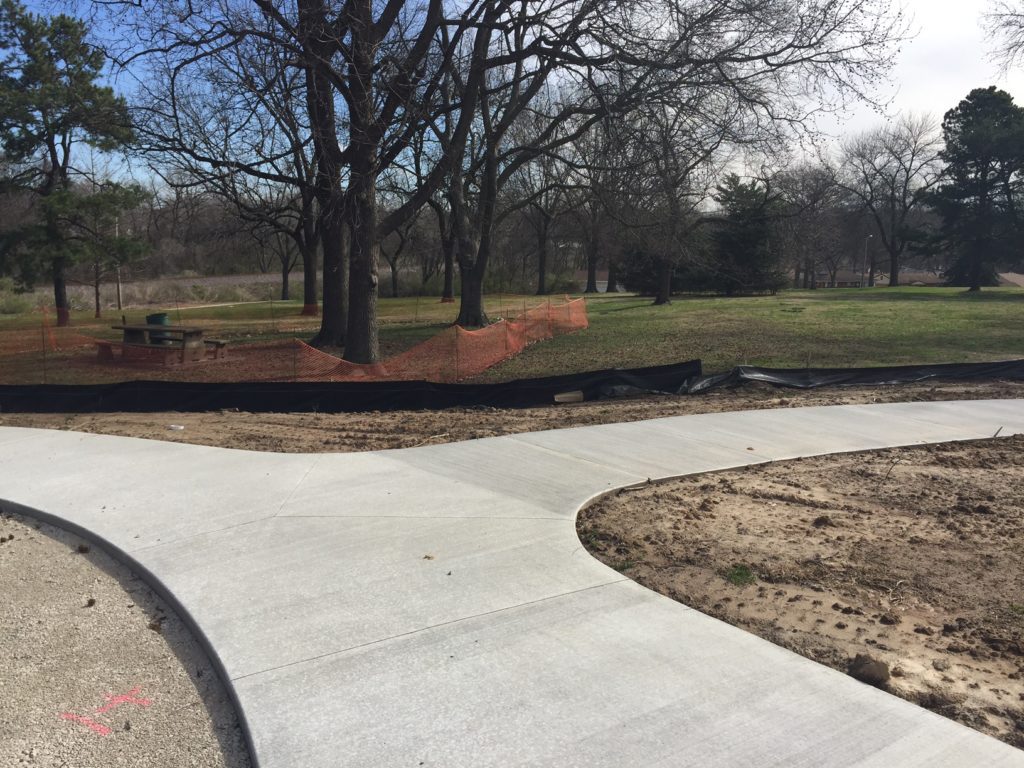It can be frustrating and unsightly if you have a cracked concrete surface in your garage, patio, or driveway. Cracks in concrete can cause damage by weakening the structure and leading to water leaks and other structural issues. Discovering cracked concrete is often the first step towards remedial action, but you should know that it’s fairly difficult to control or eliminate this type of cracking without professional help. Concrete cutting & repair specialists can control or eliminate concrete cracking by performing one or more of the following actions:
Control Joints
Concrete joints are the most common locations for cracking in concrete. The expansion of moisture, freezing temperatures, and differences in curing methods can lead to the appearance of cracks. Control joints are one way of controlling cracks in concrete. These allow for movement without causing cracks. They are built into the concrete even before pouring starts, or they can be added after the concrete is poured if they were not included at the beginning. Therefore, if you have just recently noticed cracking in concrete, there is still time to add an expansion joint before any further damage occurs.
Water Control
Water levels and moisture content can also contribute to cracking. Water entering cracks will cause them to expand, thus leading to more cracks. This will also cause concrete to deteriorate sooner than expected. To control this problem, you should use waterproofing sealers or coatings for your concrete. You can also install water drainage systems to help remove water from the surface of the concrete.

Adequate Curing Time
Adequate curing time will ensure that the maximum strength and durability of the structure can be reached. Your concrete mix must be properly cured before the concrete structure is assembled so that cracks will not form. The more strength and durability you can get out of your concrete, the more control you will have over potential cracking in your structure.
Use Concrete Sealers
You can eliminate cracks in concrete by coating the surface with a sealant that will provide long-lasting protection against cracking. Concrete sealers are available for all kinds of different materials. You can often apply this sealer yourself, but if you need professional help, some companies specialize in this type of task. A contractor will know the right kind of concrete sealer to use for your specific application.
Epoxy Coating Can Eliminate Cracks
Epoxy coatings are used for all types of concrete surfaces, including garage floors and patios. These coatings can eliminate cracking in concrete by filling in small cracks and even ruts that have already formed on the surface of the concrete. One important thing to keep in mind is that epoxy can only be applied to a clean surface. If there is grease, oil, dirt, or any other contaminant on the concrete before application, your epoxy will not work. Instead, you will have to power wash the surface as a first step before applying it. You must use specified equipment and follow all instructions precisely.

Drilling and Plugging
Drilling and plugging is a more invasive method of eliminating any cracks in concrete. The process involves drilling small holes into the concrete and then filling them with resin. This method will work for small cracks, but it is not effective for any cracks that are over 1/4 inch deep. Drilling and plugging is not a DIY solution because of the precision required to ensure proper results. Professionals can get the most out of this method by using the correct tools and techniques to ensure that the resin forms a permanent bond with the concrete. However, it is used to repair vertical cracks in concrete that are at least 1/4 inch deep. The method must be performed carefully because if the resin is not applied correctly or too much moisture builds up, it can crack concrete once again.
There are many different ways of controlling or eliminating concrete cracking, as seen above. It may seem like just an unsightly crack in your garage, but knowing that you can get it fixed is reassuring. Remember that the more damage you can avoid before it happens, the easier it will be to control cracks in concrete. If you have a few layers of cracks in a row, consider hiring a professional to help remedy the situation.






